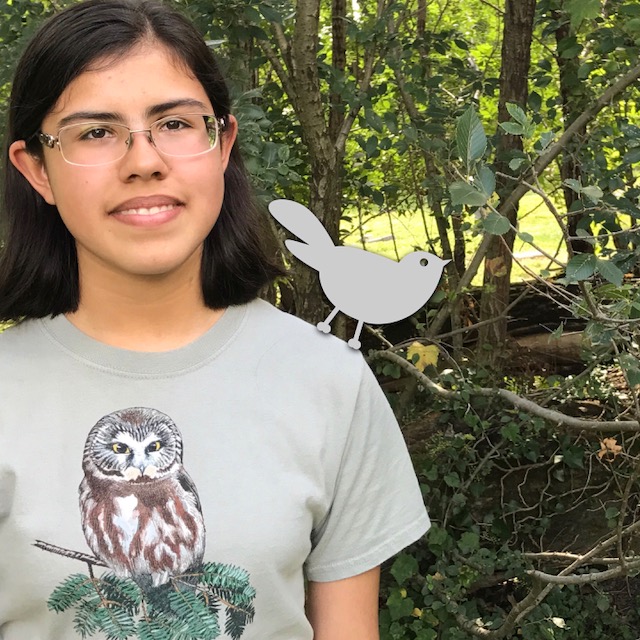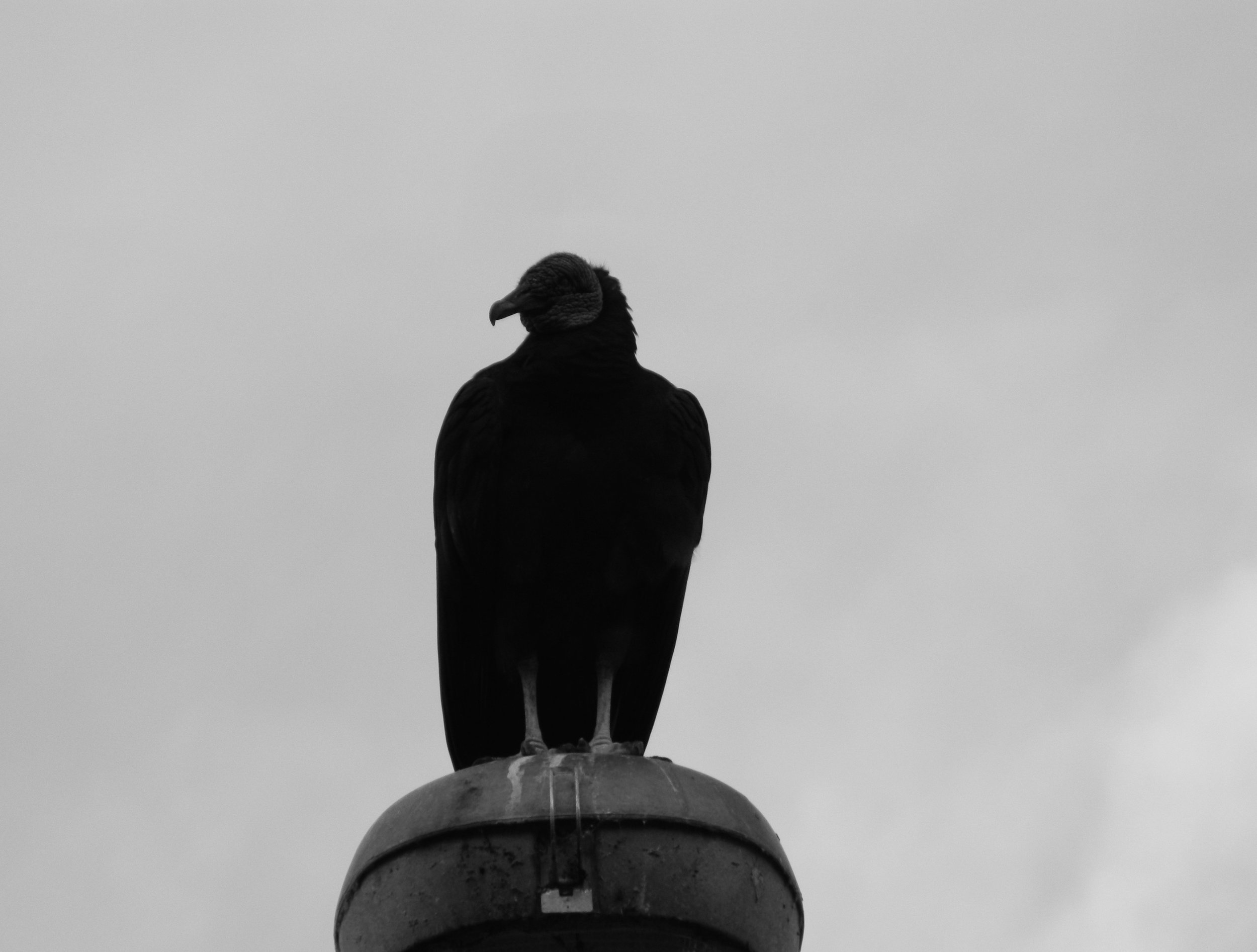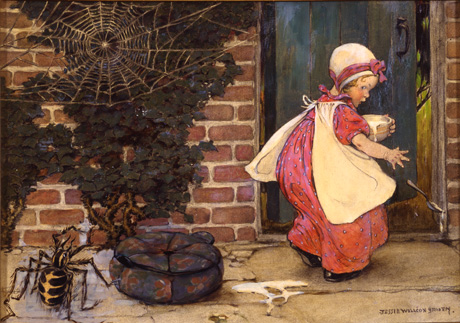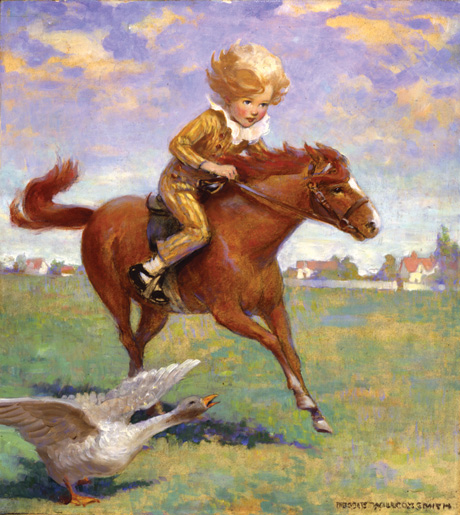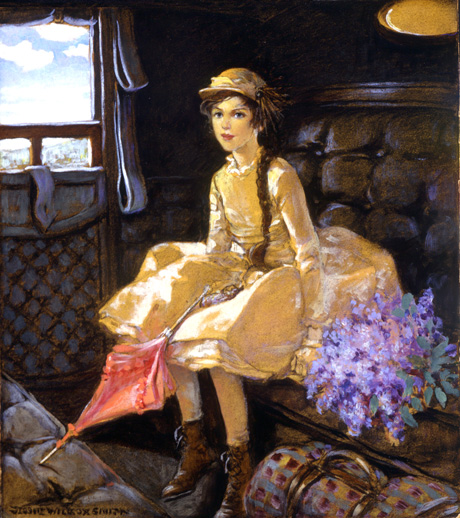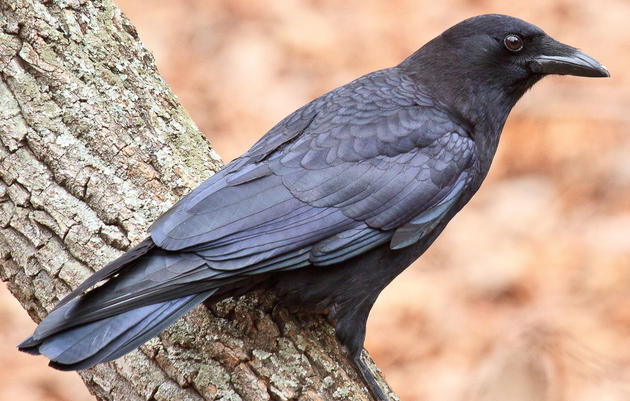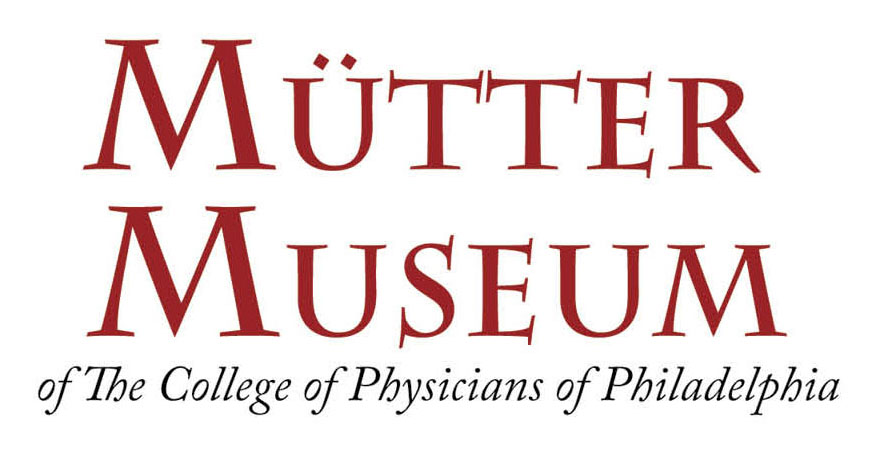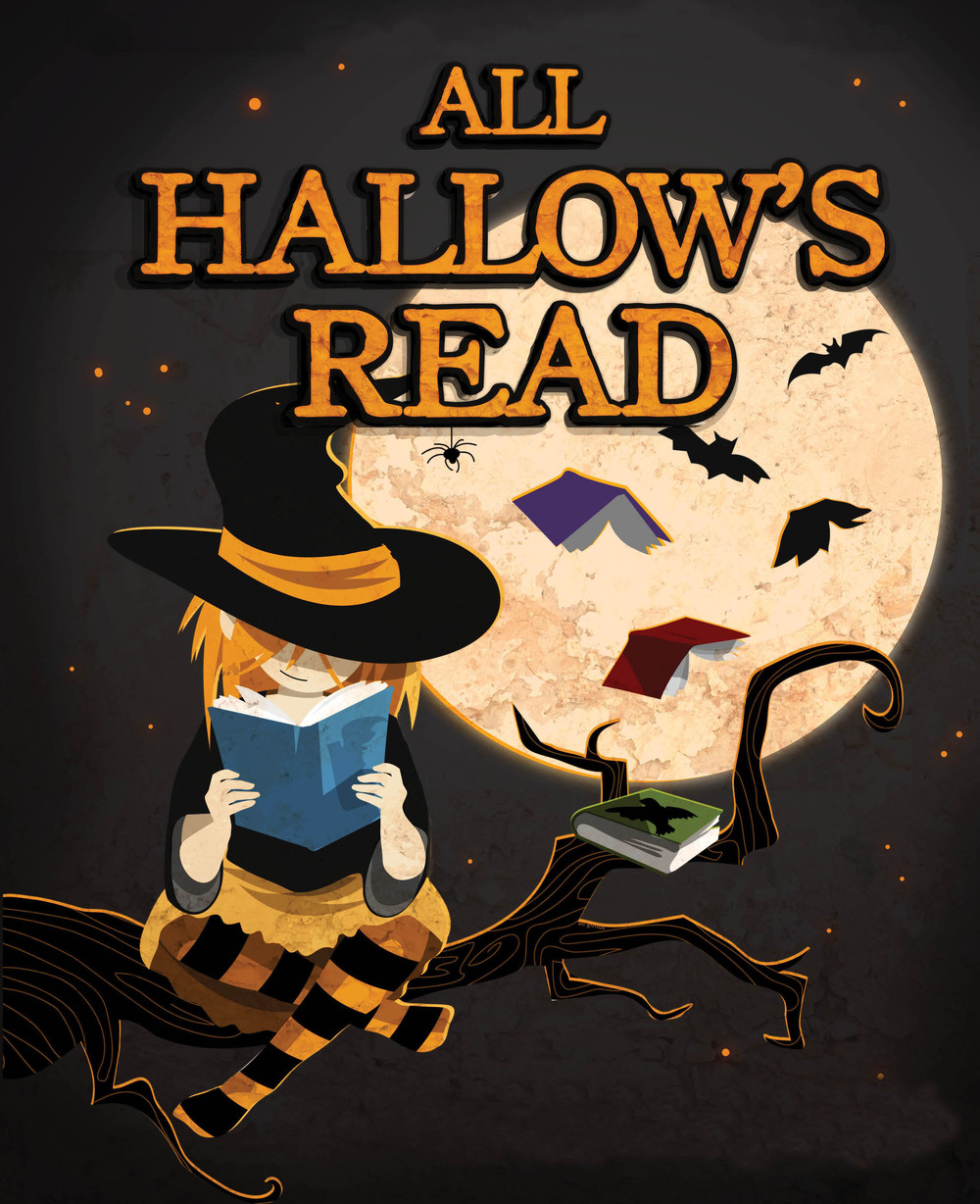The Woodlands Wins 2018-2019 Barra Award for Exemplary Nonprofits in the Greater Philadelphia Region
December 5, 2017 – Wayne, PA — The Barra Foundation has announced that The Woodlands is a recipient of a 2018-2019 Barra Award. The Woodlands joins 43 exceptional nonprofit organizations in the Greater Philadelphia region that will each receive $50,000 in grant funding. Barra Awardees are nominated by their peers in the social sector and are then invited to submit an application to the Foundation. The application questions focus on the organization’s leadership, performance and adaptability.
"It is an honor to be part of this exemplary list of awardees. The unrestricted funding that the Barra Award provides will allow us to continue to grow and serve our community better than ever."
- Jessica Baumert, Executive Director
In line with the Foundation’s mission to invest in innovation in the social sector, the Barra Awards provide unrestricted funding and introduce awardees to a diverse network of social sector leaders. “Without unrestricted capital, nonprofits have little margin for error or appetite for innovation. Through the Barra Awards we hope to provide organizations with some financial breathing room and their leaders with opportunities to learn from their peers—a diverse and inspiring network of entrepreneurial thinkers from across the nonprofit sector,” said Kristina Wahl, president of The Barra Foundation.
Since its 2013 inception, the Barra Awards has granted more than $6 million to area nonprofits. Awardees represent a range of nonprofits from the Arts and Culture, Education, and Health and Human Services sectors in the Greater Philadelphia region.
A full list of the 2018-2019 Barra Award winners is available here.
To learn more about the Barra Awards program, click here.
About The Barra Foundation: The Barra Foundation invests in innovation to inspire change that strengthens communities in the Greater Philadelphia region. Through its Catalyst Fund and Barra Awards, the Foundation provides approximately $4 million in annual grants that are focused on supporting innovation in and across the fields of Arts & Culture, Education, Health and Human Services.
About The Woodlands: The Woodlands’ 54-acre undulating landscape is at once a one-of-a-kind 18th-century English pleasure garden, 19th-century rural cemetery, and a modern green oasis for its neighbors in bustling University City and West Philadelphia. The Woodlands was designated a National Historic Landmark District in recognition of its unique history and rich resources. Actively used today, the cemetery, mansion, landscape, and programs are an educational resource for local school children, community residents, university students, as well as for a small, highly motivated cadre of scholars seeking further understanding of American architectural and botanical history, urban development, and the origin and growth of West Philadelphia.
Today, our mission is to enrich the lives of area residents and visitors by serving as a hub for activities and educational programs that interpret, celebrate and make available to the public The Woodlands’ historic buildings and tranquil green space.
###




